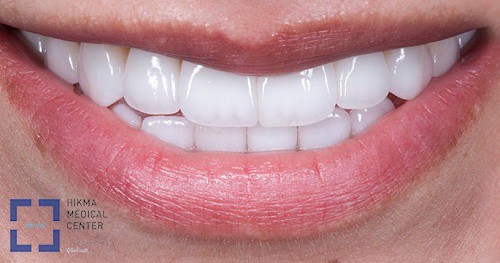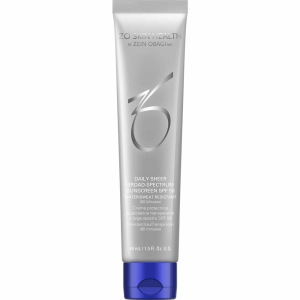What Happens During A Teeth Cleaning Procedure?
2 min read
Teeth cleaning is a complicated procedure. A professional dentist does several things during this process. When you have teeth cleaning in Abu Dhabi, a dental hygienist or dentist will remove plaque and tartar from your teeth. They will also take X-rays and evaluate the entire interior of your mouth for signs of decay. After cleaning your teeth, your dentist or hygienist may take further steps to ensure your dental health.
Removes plaque and tartar:
A teeth cleaning helps prevent gum disease and tooth decay by removing the buildup of plaque and tartar from your teeth. Brushing and flossing regularly can help remove plaque buildup, but if not removed thoroughly, it can harden into tartar. Only a dentist or dental hygienist can remove this hardened substance.
X-rays are taken:
Although x-rays are usually taken during teeth cleaning, a dentist may take them more frequently depending on your needs and the health of your mouth. Most people should have dental x-rays every six months to a year, but some may need them more often. A dentist should take dental x-rays only when they are necessary and when they outweigh the risks.
X-rays taken during teeth cleaning are typically done to check for cavities and other problems that are not visible to the naked eye. The dentist uses the images to ensure the gums are healthy and check for missing teeth. While dental x-rays are typically taken only every few years, children can have them more frequently depending on their age and health.
Your dentist checks for signs of tooth decay:
A teeth cleaning is an important step in maintaining your oral health. During this cleaning, your dentist will look for signs of tooth decay. This is often in the form of small black spots or receding areas on the tooth enamel. Your dentist will examine your teeth and take x-rays to identify areas that could be affected by decay. If you have any of these signs, your dentist may recommend a filling or other treatment.
You floss your teeth:
When you floss your teeth, you should carefully place your fingers near the front and back of each tooth. Then, slide the floss down the tooth surface and back up, ensuring you get between the adjacent teeth. It would help if you also were sure to floss the sides of the tooth where bacteria may accumulate. A dentist will recommend using a C-shape motion to floss every side of the tooth, and you should make sure to brush the entire side at once.



